Worm Gearbox for Quantum Experiment Alignment Devices
In the world of quantum physics, precision is everything. Alignment devices play an essential role in ensuring experiments are conducted smoothly and results are accurate. Among the many components of these devices, the worm gearbox stands out. In this article, we delve into the nitty-gritty of the worm gearbox, its workings, structure, applications, and how it fits into quantum experiment alignment devices.
Understanding the Basics of a Worm Gearbox
A worm gearbox, also known as a worm drive, is a type of gear system that uses a worm to reduce speed. The worm, a gear in the form of a screw, meshes with the worm gear to transmit motion between nonintersecting shafts that are typically at right angles. Its unique structure allows for high torque transmission with minimum space utilization. This makes it a crucial component in various industrial and mechanical applications where space is a premium and high torque is needed.
How a Worm Gear Reducer Works
The operation of a worm gear reducer is primarily based on the interaction between the worm and the worm gear. The worm, which is typically the drive element, has threads that engage with the teeth of the worm gear. When the worm turns, it moves the gear. This motion transfer results in a change in speed and direction between the input and output shafts. The number of threads on the worm and the number of teeth on the gear determine the gear ratio. This principle of operation allows a worm gearbox to provide high torque reduction ratios in a compact size.
Basic Structure of a Worm Gearbox
A worm gearbox is made up of several key components including:
- The Worm: This is the input shaft. It is a threaded cylinder that engages with the worm gear.
- The Worm Gear: This is the output shaft. It has teeth that mesh with the worm to transmit motion.
- The Housing: This encloses the worm and the worm gear, providing a supportive structure and protection.
- The Bearings: These reduce friction between the moving components, facilitating smooth operation.
Applications of Worm Gearboxes
Worm gearboxes are used in a variety of industrial applications due to their unique advantages. They are particularly well suited for use in conveyor systems, material handling, and lifting systems. But perhaps one of the most exciting applications of worm gearboxes is in quantum experiment alignment devices.
Why Worm Gearboxes are ideal for Quantum Experiment Alignment Devices
There are several reasons why worm gearboxes are ideally suited for use in quantum experiment alignment devices:
- Precision: Worm gearboxes offer high precision, which is essential in alignment devices used in quantum physics experiments.
- Torque: They provide high torque output, enabling effective alignment with minimal effort.
- Ease of Control: Worm gearboxes are easily controlled, offering smooth operation and fine adjustment capabilities.
- Compactness: Due to their compact size, worm gearboxes can be easily integrated into alignment devices without taking up significant space.
- Reliability: Worm gearboxes are known for their durability and reliability, which makes them ideal for use in sensitive quantum experiments.
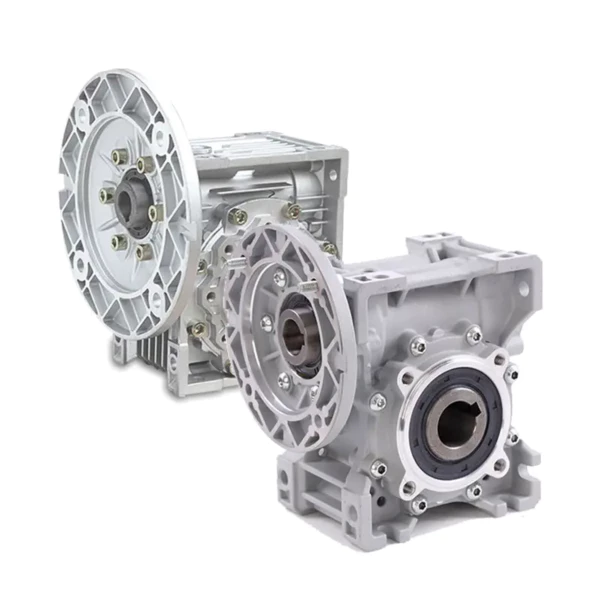
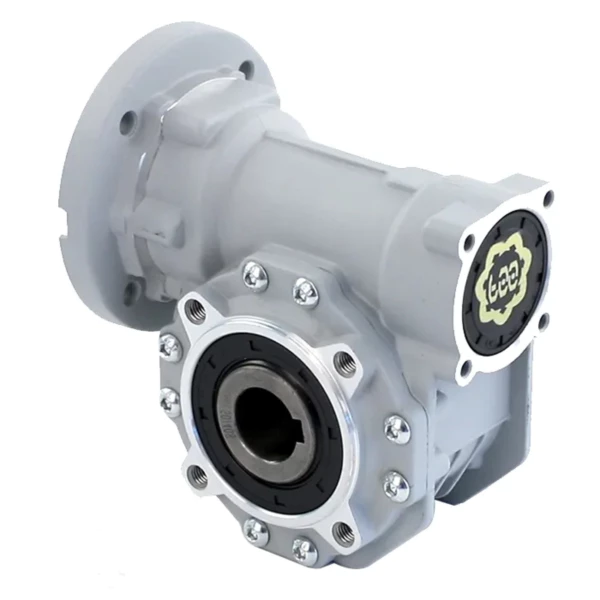
Characteristics and Advantages of Worm Gear Motors
Worm gear motors offer a range of advantages that make them desirable for various applications:
- High Torque, Low Speed: Worm gear motors are excellent for applications that require high torque at low speeds.
- Quiet Operation: Compared to other types of gear motors, worm gear motors typically operate with less noise.
- High Reduction Ratios: Worm gear motors can achieve high reduction ratios, offering excellent control and precision.
- Reversibility: While the worm can drive the gear to provide output, the gear cannot drive the worm. This makes worm gear motors inherently resistant to back driving, providing a sort of built-in braking system.
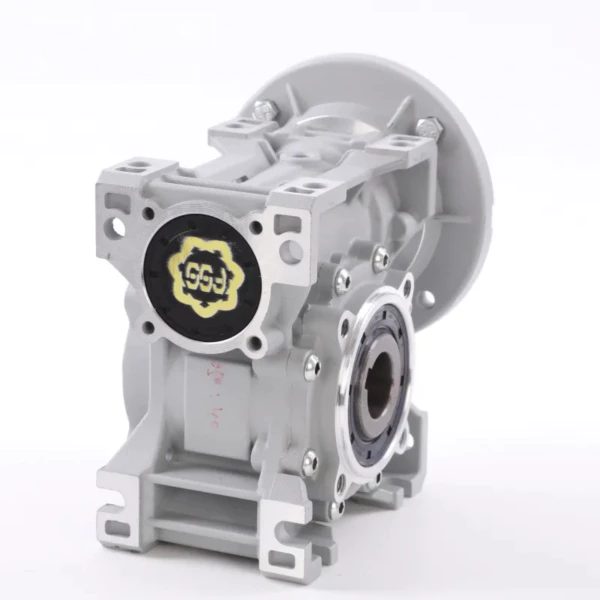
Choosing the Right Worm Reducer
When it comes to choosing a worm reducer for a specific application, several factors need to be considered:
- Operating Conditions: The conditions under which the reducer will operate, including temperature, humidity, and dust, should be taken into account.
- Load Characteristics: The nature of the load (constant or variable, shock or vibration, etc.) also influences the choice of reducer.
- Space Constraints: The size and weight of the reducer should fit within the available space.
- Performance Requirements: The required speed, torque, and precision should be met by the chosen reducer.
Motors for Worm Gear Reducers
Worm gear reducers and motors go hand in hand. A well-matched motor can optimize the performance of a worm gear reducer, boosting efficiency and longevity. Our company offers a wide range of electric motors that are compatible with our worm gear reducers. They are designed to work seamlessly with our reducers, offering efficient and reliable operation.
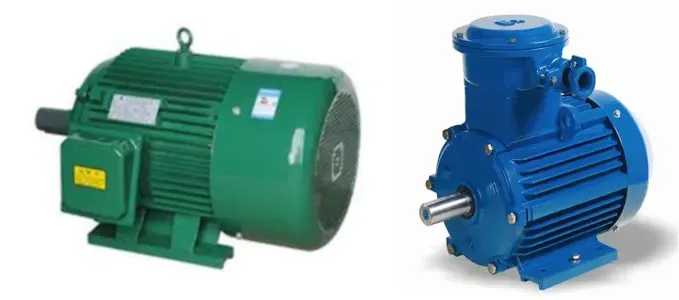
About Our Company
With over 15 years of experience in the industry, we are a comprehensive transmission equipment manufacturer specializing in speed reducers. Our products, including the MRV series worm gear reducer, GV series gear reducer, RT series solar reducer, XV series planetary reducer, BD series harmonic reducer, and various types of non-standard reducer, are used in a wide range of industries, from food to solar energy. Our products are renowned for their high quality, efficiency, and stability.
We invite you to explore our range of worm gearboxes and contact us for any inquiries. We are committed to providing superior service, top-notch product quality, and competitive prices.
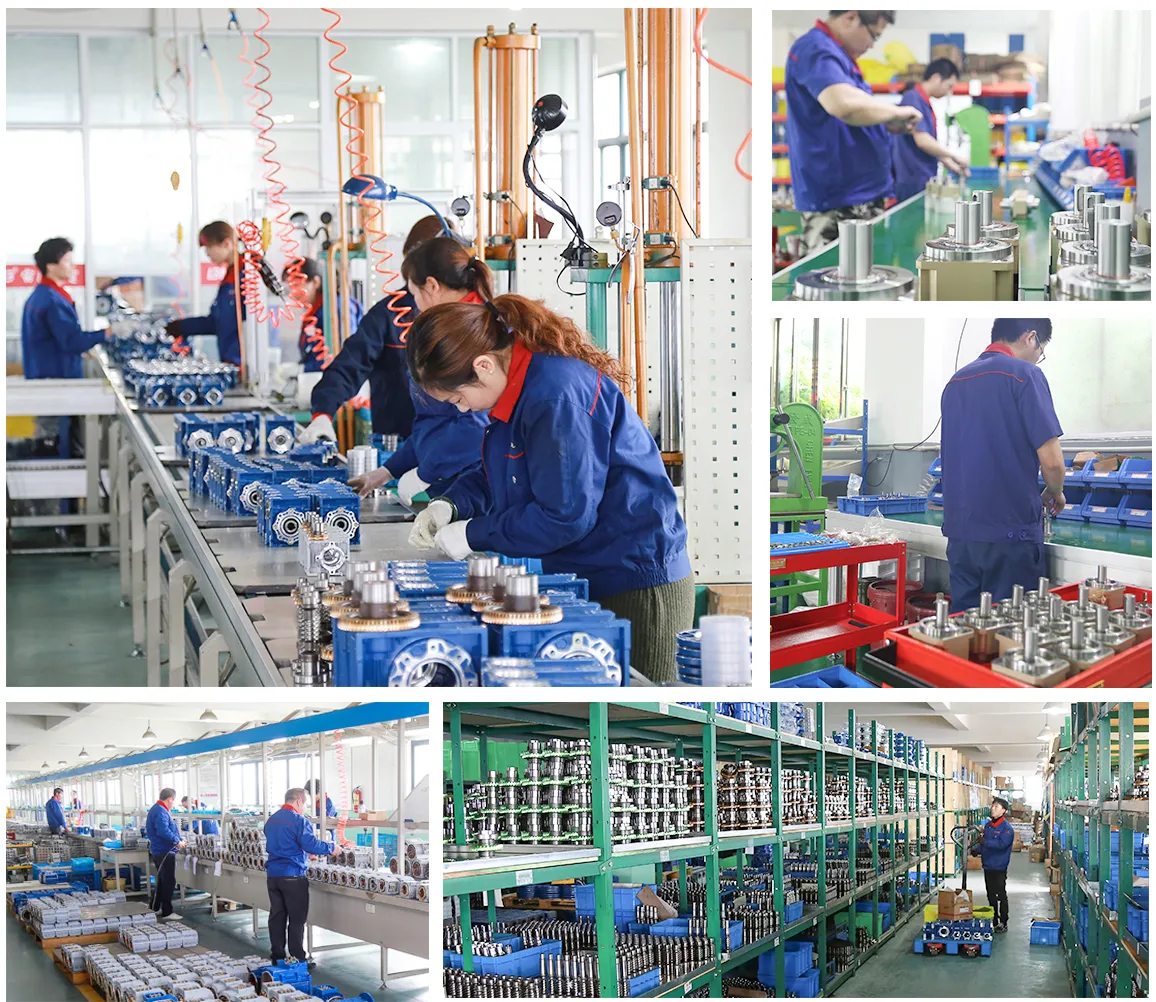
Q&A
Q1: How does a worm gearbox contribute to the precision of quantum experiment alignment devices?
A: Worm gearboxes offer high precision in motion transfer, making them ideal for tasks that require fine adjustments, such as in quantum experiment alignment devices.
Q2: What makes worm gearboxes suitable for high torque applications?
A: The unique design of a worm gearbox allows it to provide high torque output, making them suitable for applications that require significant force.
Q3: How do I choose the right worm reducer for my application?
A: Choosing the right worm reducer involves considering several factors including operating conditions, load characteristics, space constraints, and performance requirements.
Edited by Zqq.